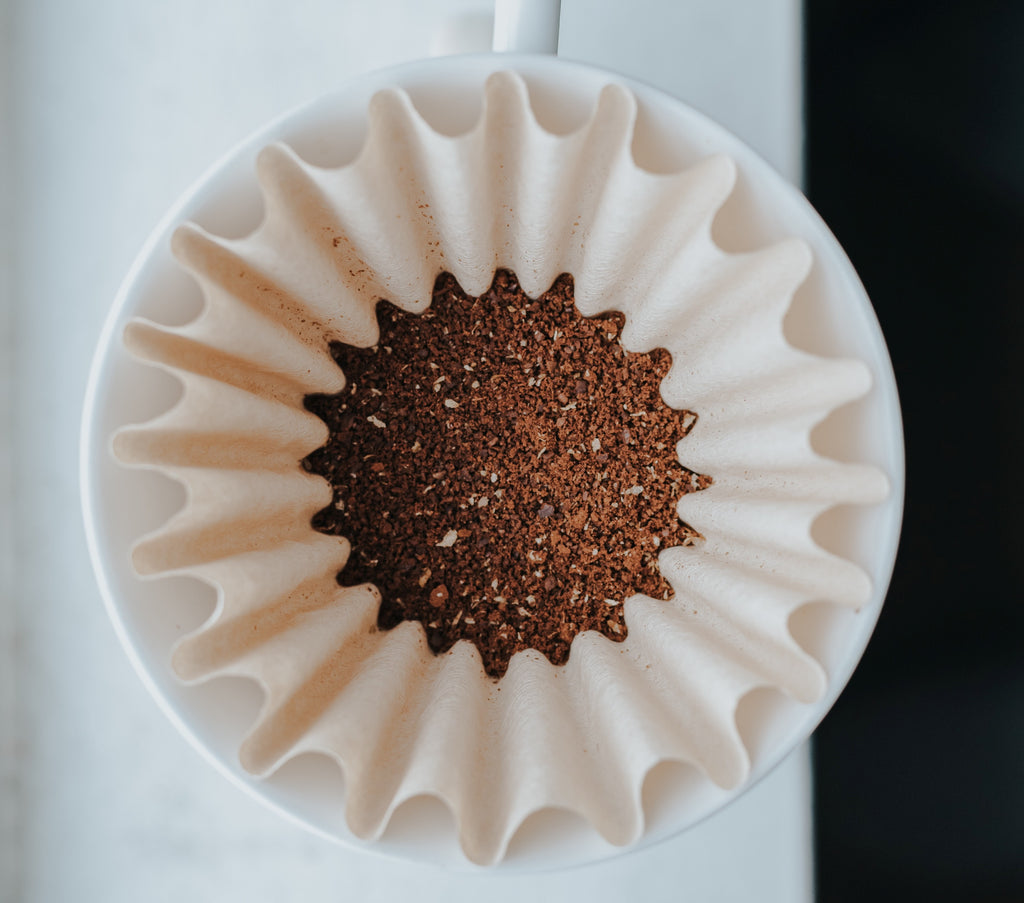
Getting your grind size right is important. It is a key factor for brewing coffee, no matter the method. Get it wrong, and your cup will end up being over- or underextracted – and you’ll be able to taste it.
To make sure that you enjoy your coffee at its absolute best, we’ve broken down why grind size is so important and what you can do to ensure you get it right every time. Read on to find out.
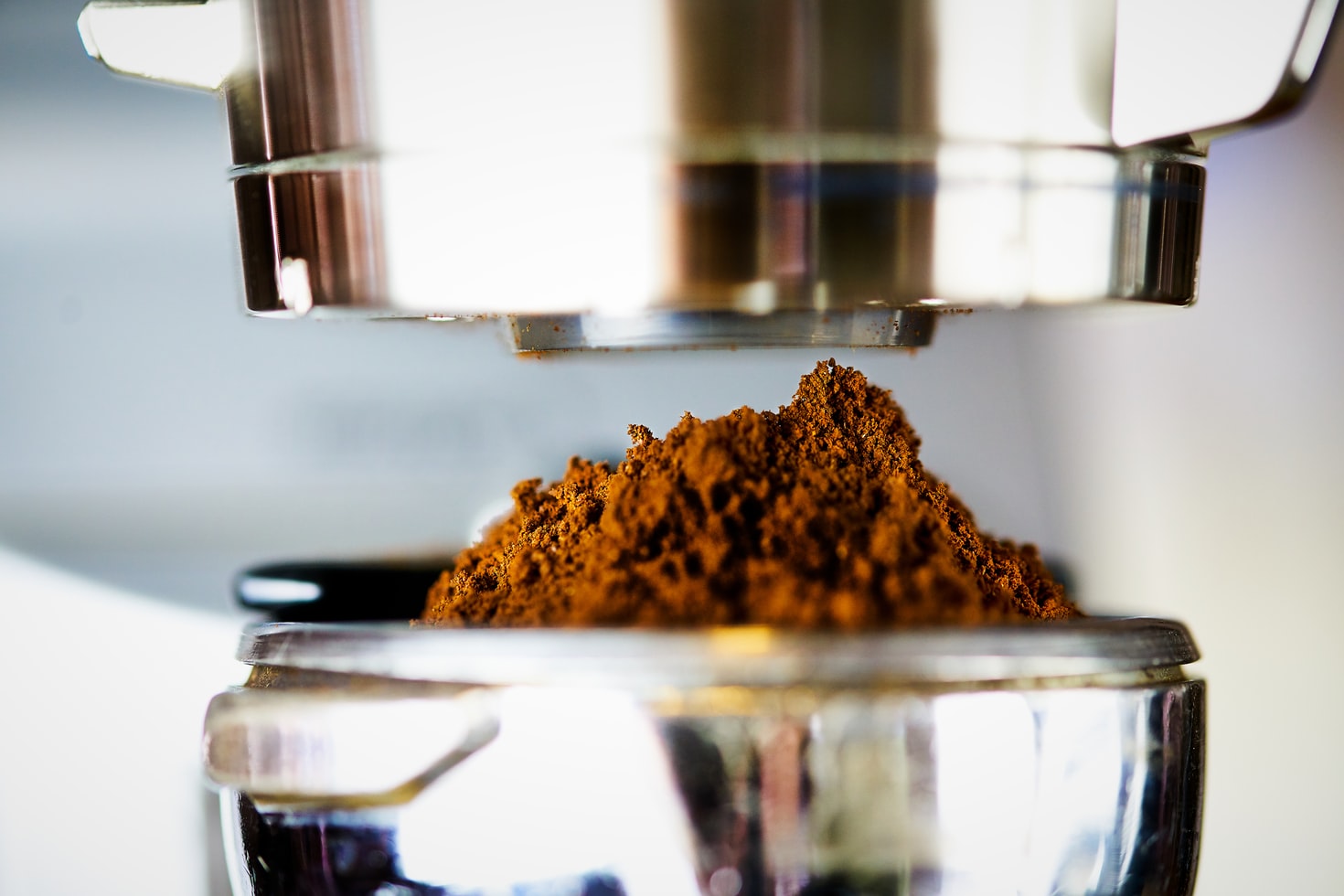
Why does coffee need to be ground?
Let’s start at the very beginning.
Coffee needs to be ground to increase the surface area of the roasted beans. This enables the extraction of the soluble compounds that create the flavors and aromas we enjoy in every cup.
If you placed whole beans in hot water, they would probably extract some flavor over time. However, the result would be weak and watery, lacking the distinctive flavor of a cup of coffee.
By breaking down the beans into smaller particles and increasing the overall surface area, we are able to increase how much coffee is in contact with the brewing water. This allows the compounds to dissolve and extract into the water more quickly and efficiently.
However, remember that none of this matters if you don’t use fresh, good-quality coffee. If coffee is exposed to oxygen for too long, its flavors and aromas will degrade, eventually resulting in a flat, stale cup.
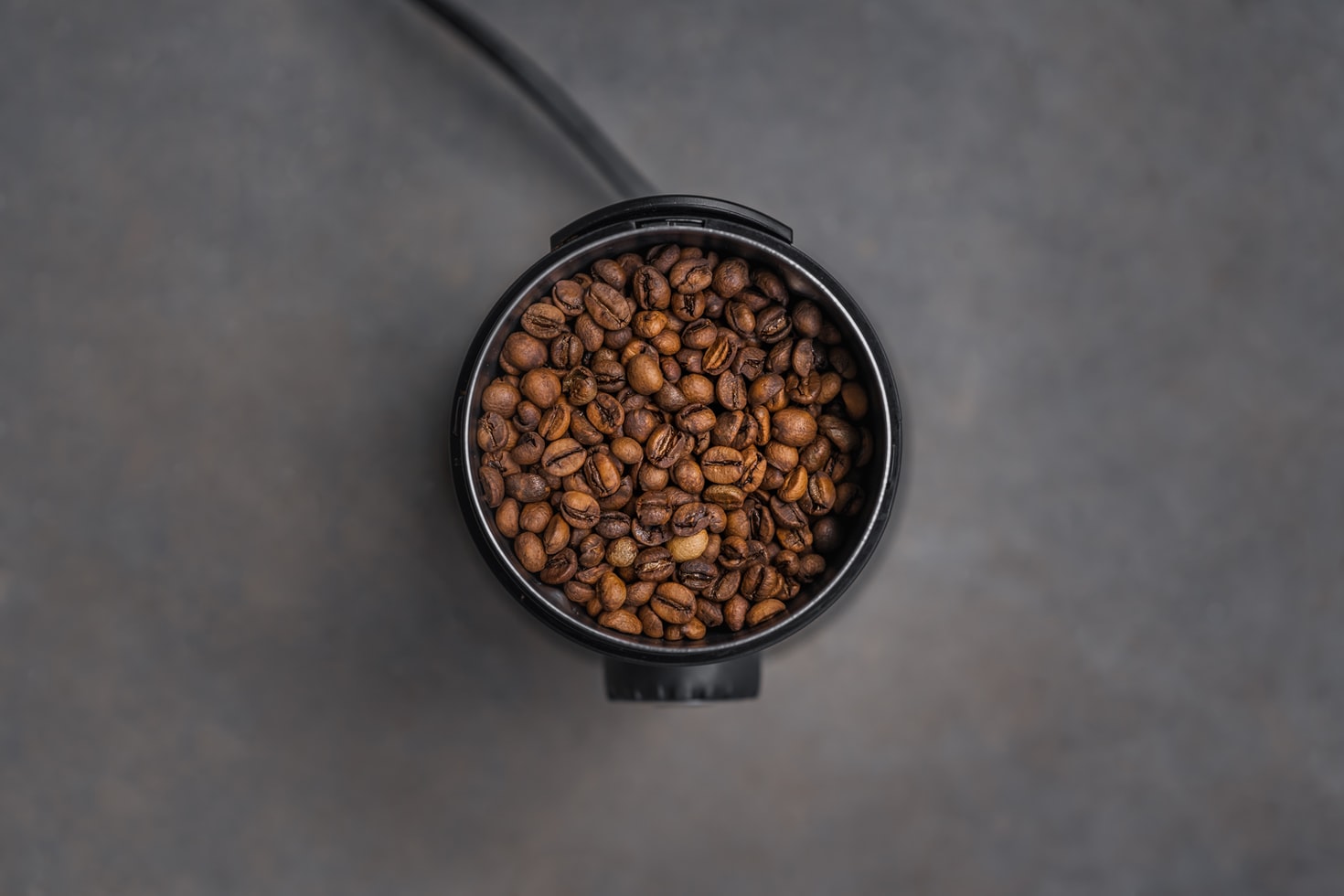
Why is grind size important?
Grind size affects extraction, and therefore the overall flavor and quality of each cup of coffee.
Let’s start with a coarse grind as an example, like you would use with a French press or to make cold brew. We submerge or immerse the ground coffee in water, because it has a relatively low surface area (compared to finer grinds) and takes longer to extract.
However, if your coffee is ground too coarse, your extraction will be suboptimal, meaning that you end up with a watery, sour cup that lacks sweetness and complexity.
On the other hand, finer grounds have a much higher surface area, which makes extraction quicker and easier.
Be mindful that with too fine a grind, your coffee might overextract. This can mean bitter, ashy flavors in the cup and a muddy mouthfeel.
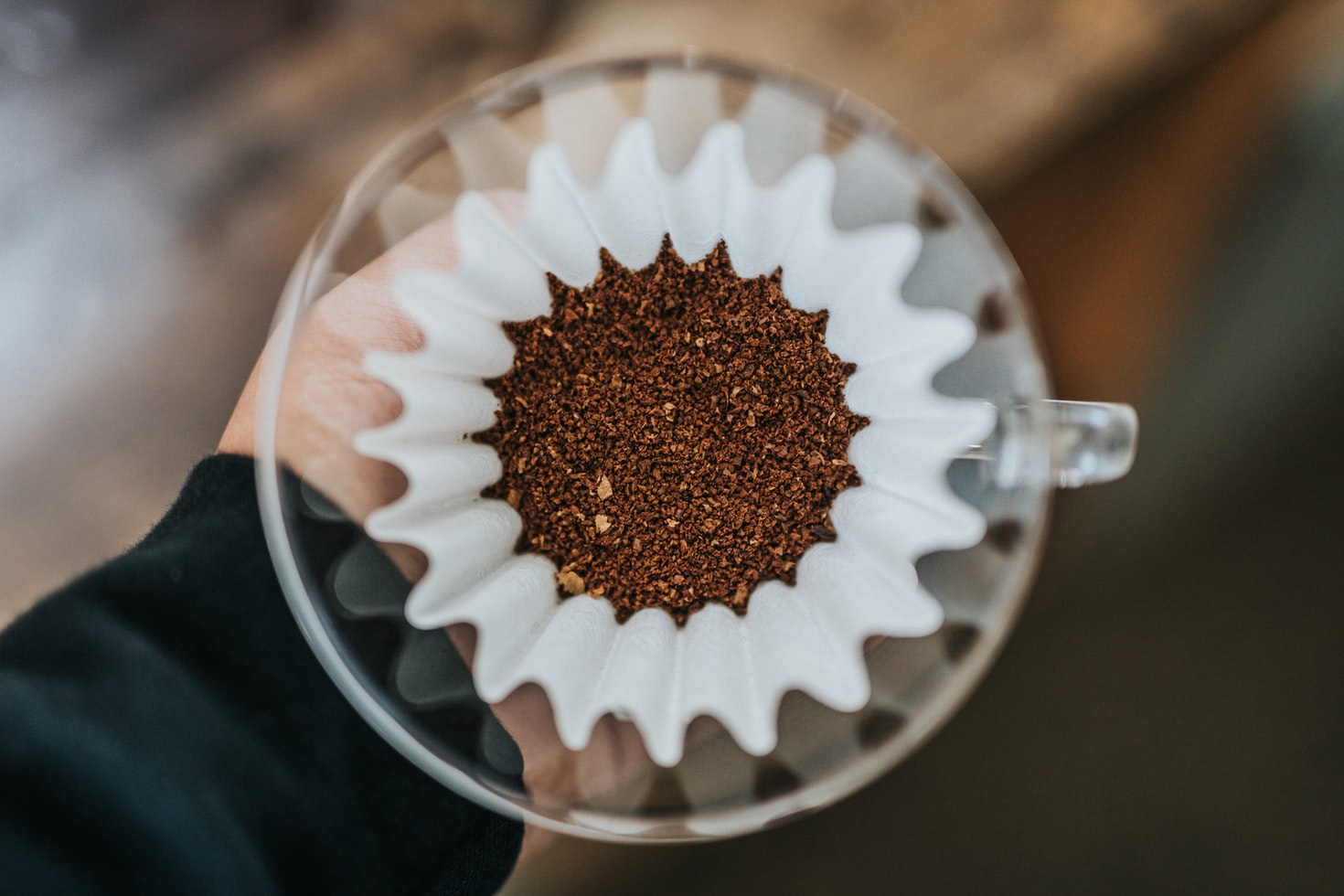
Selecting the right grind setting
There are a number of different factors to consider when dialling in your grind size, but the first and most important is your brewing method.
Espresso, for example, is made with finely ground coffee. This is because it’s typically extracted in 20 to 30 seconds under high pressure. Because of the shorter brewing time, the fine grind size allows for more of the coffee’s solubles to be extracted.
Conversely, when coffee is made in a French press, the grounds are immersed in water for several minutes. In order to avoid overextraction, a coarse grind is used.
Pour over brewers generally use a medium grind, with the exception of the Chemex, for which you should use medium-coarse coffee.
Turkish coffee, meanwhile, requires even finer coffee than espresso, while a moka pot works best with grinds that are medium-fine.
The other key factors to consider are roast profile and age. Let’s start with roast profile.
With darker roasts, beans lose more weight and are more soluble in water than lighter roasts. As such, you should make your grind slightly coarser to account for this.
After that, think about the roast date. Ideally, you will be using freshly roasted beans, but as the days go by and your coffee gets older, you should tweak your recipe.
As time passes by, the flavors and aromas in the beans start degrading, which means you need to extract more from each cup. As such, grinding finer or increasing your dose for the brew can help extract more solubles and compensate for the loss in flavor.
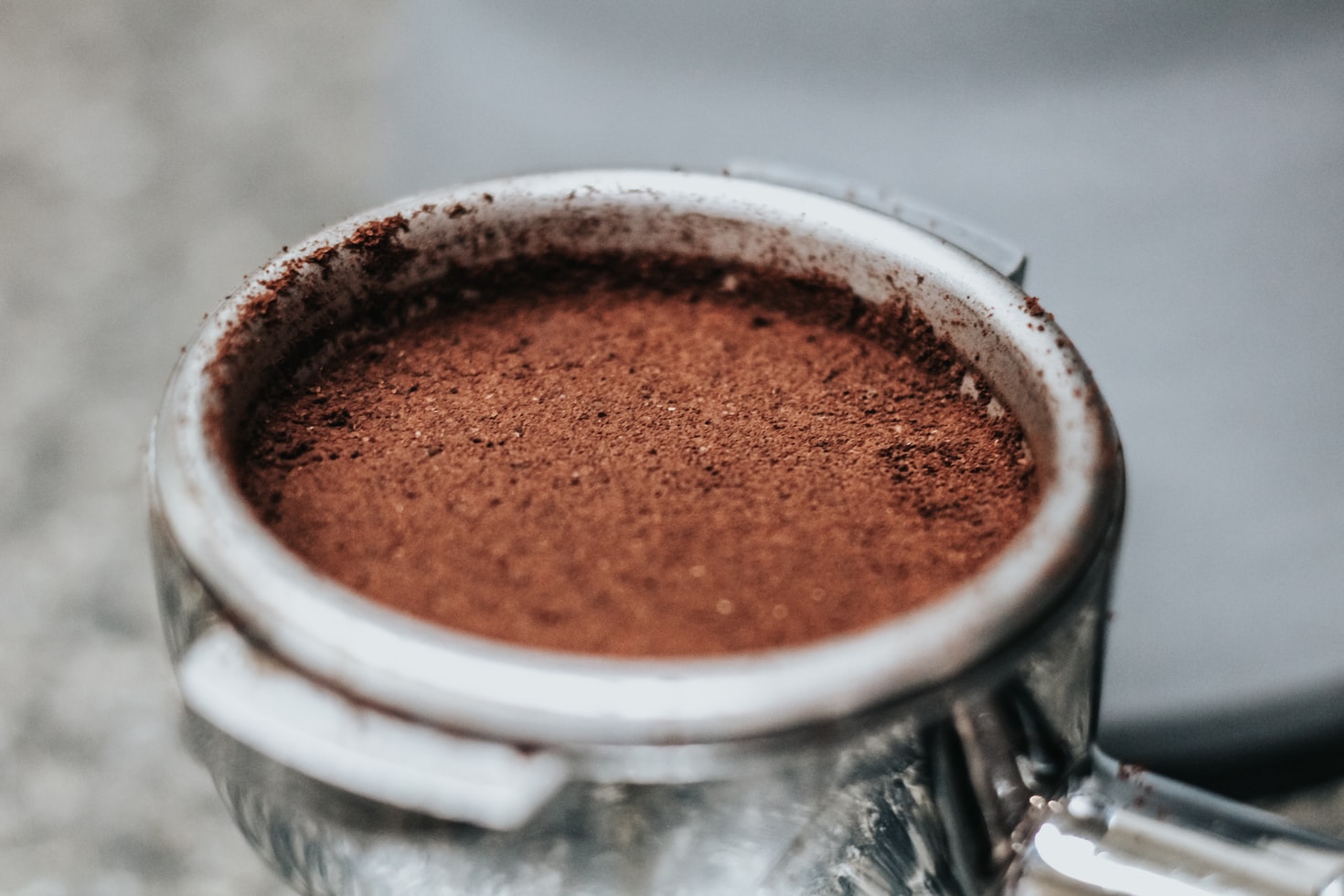
What about the grinder?
While taste preferences and brewing method help you determine the right grind size, choosing the grinder you use is just as important. Getting your hands on a quality grinder makes a massive difference to consistency and therefore extraction quality.
Generally, you can find two types of grinders on the market: burr and blade grinders. Blade grinders chop up beans using spinning blades, and while they are more affordable, they are often not as consistent. This ends up affecting taste, as the coffee particles are extracted at different rates because of their different sizes.
On the other hand, burr grinders work by crushing the beans between two spinning burrs. Although these can be more costly, they are much more consistent (and what we recommend!).
On our web store, we offer two options. For example, the popular Baratza Encore is an electric burr grinder with 40 individual grind settings. This allows the user to consistently grind coffee for any brewing method, from espresso to French press.
Meanwhile, hand grinders such as the Hario Skerton are slightly less costly, more compact, and nowhere near as noisy. They require some manual effort to use, but are perfect for traveling.

Getting your grind size right is important if you want to brew the ultimate cup of coffee. By taking your selected brewing method and the quality of your grinder into account, you can dial in your grinder properly and make sure your coffee tastes as delicious as it should.
